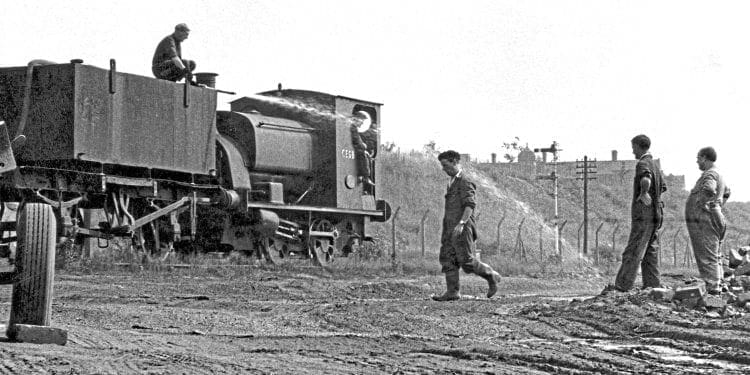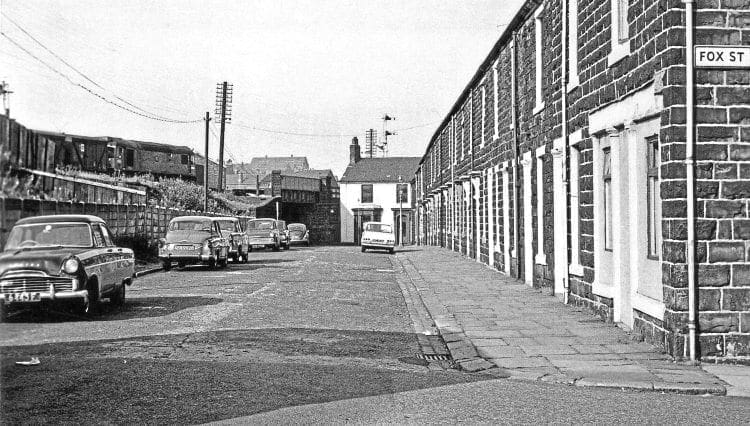There’s been a lot of emphasis on the days leading up to the end of steam on BR. But what did enthusiasts discover on the first day of a new era? David Percival provides a personal account in words and pictures.
IT WAS Monday, August 12, 1968. On the previous day, the ‘Fifteen Guinea Special’ had ended 150 years of steam traction on Britain’s main line railways. Everyone knew August 11, 1968 would go down in history.
The events of that day would no doubt be recalled at significant anniversaries for goodness knows how long. But would anyone remember what they did on the day after steam stopped? My notebook and photographs have ensured that I, for one, have not forgotten.

I’d not planned to head north from my home in Hertfordshire to see the ‘Fifteen Guinea Special’ until the end of July, when I received a phone call from Colin Gifford, who I had known since we worked together at Ian Allan Ltd some years earlier. It was his suggestion we made an extended weekend of it, staying a couple of nights at Accrington in one of his regular B&B addresses.
Monthly Subscription: Enjoy more Railway Magazine reading each month with free delivery to you door, and access to over 100 years in the archive, all for just £5.35 per month.
Click here to subscribe & save
We would be travelling in my car and I was able to work out a way of reducing the petrol costs. At the time, I was working on the staff magazine of a well-known national retailer.

My position as assistant editor gave me relative freedom to travel around the country in search of stories or just to make courtesy visits.
My editor (who understood and was sympathetic to my interest in railways) was agreeable to the arrangement in this instance, which was to put in an appearance and pick up some news from the firm’s recently refurbished shop in Stockport on the Monday.
Petrol costs between home and Stockport, at least, would be covered. And so the scene was set.
As I described in a feature 10 years ago (RM Aug 2008), Colin and I took our pictures of the northbound ‘Fifteen Guinea Special’, hauled by Oliver Cromwell, as it crossed the viaduct at Ribblehead.
We photographed the return train (and, later, the ‘Britannia’, following light engine) just north of Ais Gill, from an elevated viewpoint, which we learned many years later was the wondrously named Hanging Lund Scar. Then we headed back to Accrington.

Over breakfast the following morning we mulled over some ideas for the day — the first day of a new era. Just as every other enthusiast must have done, we had already given some thought to the future.
As far as making pictures was concerned, neither Colin nor I were purely ‘BR steam’ photographers, so we were more fortunate than many of our contemporaries.
Read more and view more images in the November issue of The RM – on sale now!




